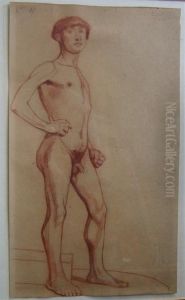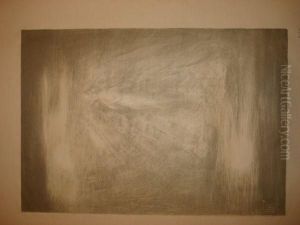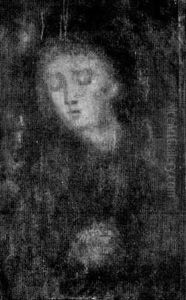Charles Philippe Blache Paintings
Charles Philippe Blache was a French artist born in 1851, in the midst of a century that was rich in artistic evolution and innovation in Europe. His life spanned a period of significant change in the art world, including the rise of Impressionism and Post-Impressionism, movements that would eventually lead the way to modern art. Despite the transformative era he lived in, Blache maintained a style that was deeply rooted in the traditions of classical painting, focusing on the beauty of the natural world, the subtlety of light, and the complexities of human expression.
Blache’s education and early career were marked by his studies at prestigious art institutions, which were common pathways for artists of his time to refine their skills and gain recognition. He was known for his meticulous attention to detail, a hallmark of academic art training, and his ability to capture the essence of his subjects with a delicate realism. His works often depicted scenes of rural life, landscapes, and portraits, reflecting a keen observation of the world around him and an appreciation for the simplicity and purity of everyday moments.
Throughout his career, Charles Philippe Blache exhibited his works at various salons and exhibitions, a common practice for artists seeking to establish their reputation and sell their artwork. These venues were crucial for artists of the 19th century, as they provided opportunities for patronage, critical acclaim, and the chance to engage with the broader artistic community. Blache’s contributions to these exhibitions were well received, earning him a respectable place among his contemporaries, though he never achieved the same level of fame as some of his more revolutionary peers.
Despite the overshadowing presence of the Impressionist and Post-Impressionist movements, Blache remained dedicated to his own artistic vision, one that favored precision and classical beauty over the experimentation and abstraction that would come to define the late 19th and early 20th centuries. His dedication to his craft and his ability to evoke emotion and beauty from the subjects he painted ensured that his work remained appreciated by a dedicated audience, even if it did not place him at the forefront of the avant-garde.
Charles Philippe Blache passed away in 1910, leaving behind a body of work that, while perhaps not as widely recognized as that of some of his contemporaries, stands as a testament to his skill and dedication to the art of painting. His legacy is preserved in the collections of those who value the quiet beauty and technical skill of his paintings, and his contributions continue to be studied by art historians seeking to understand the breadth and diversity of French art in the 19th century.



